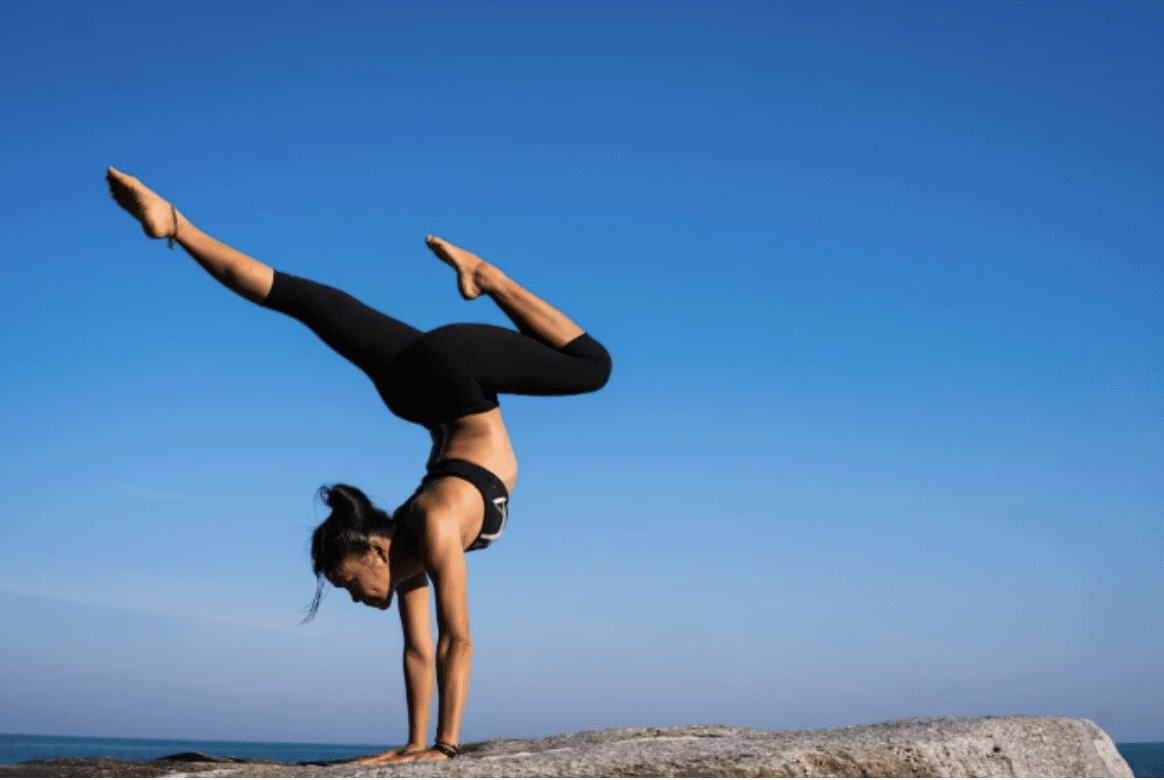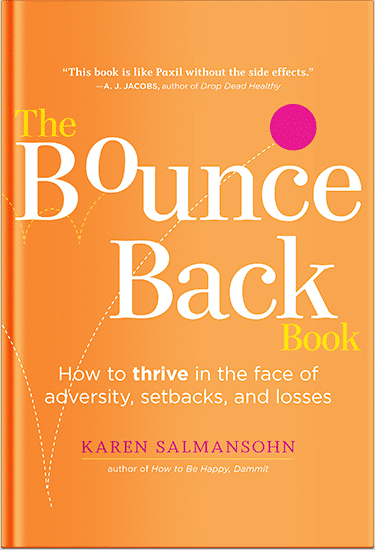 Every year brings a new health craze. From juice cleanses to extreme workout plans, people are constantly told that the next big thing will finally transform their lives. Yet most people who jump into these programs find themselves back where they started within months. The cycle repeats itself, leaving many frustrated and discouraged.
Every year brings a new health craze. From juice cleanses to extreme workout plans, people are constantly told that the next big thing will finally transform their lives. Yet most people who jump into these programs find themselves back where they started within months. The cycle repeats itself, leaving many frustrated and discouraged.
The truth is that wellness fads rarely stick because they focus on quick results, not long-term change. What does last is building a way of living that is simple, sustainable, and flexible enough to handle real life. This lifestyle shift doesn’t rely on trendy products or complicated rules. Instead, it focuses on consistent habits that strengthen your health over time.
If you are tired of starting over each time a new wellness trend shows up, it may be time to rethink your approach.
Why Short-Lived Wellness Trends Keep Failing
Wellness fads fail because they are built on extremes. They promise dramatic results in a short period of time, but they often rely on restrictive diets, intense training plans, or expensive supplements. These approaches may work for a few weeks, but they are not designed to fit into everyday life.
Take restrictive eating plans as an example. Cutting out entire food groups or dropping calories to an unsafe level might cause quick weight loss, but it leaves you tired, hungry, and more likely to quit. These methods simply don’t align with how people actually live.
When your routine is too rigid, even small disruptions like travel, illness, or a busy work week can throw everything off track, taking you back to square one.
The Four Pillars That Hold Everything Together
Long-term health doesn’t depend on one thing. It comes from four core areas: nutrition, movement, sleep, and stress management. These pillars of health support one another. Regular exercise improves sleep. Good sleep lowers stress. Balanced nutrition fuels better workouts. Managing stress reduces cravings and improves focus.
When even one pillar is neglected, it becomes harder to maintain the others.
Take weight loss as an example. Many people focus only on diet or add an intense workout routine, but they overlook how poor sleep and unmanaged stress can slow down progress.
Healthcare providers like Pazona MD apply this comprehensive approach in practice. Instead of handing out quick prescriptions, they focus on lifestyle optimization. Their doctors begin by learning about a patient’s current habits, goals, and lab results. From there, they design personalized plans that cover nutrition, exercise, sleep, and stress management.
When appropriate, they also use advanced tools such as hormone optimization or GLP-1 weight loss medications. With regular follow-up and coaching, patients get the structure and accountability they need to turn changes into long-term habits.
Nutrition That Supports You Every Day
Food is often where wellness trends go wrong. Diets tend to be overly complicated, full of rules, and difficult to maintain. A better approach is to think of nutrition as fuel that should work for you, not against you. That means focusing on balance instead of restriction.
Simple changes can have a big impact. Start by eating more whole foods—fruits, vegetables, lean proteins, and whole grains. These foods provide energy and keep you full longer. You don’t need to cut out your favorite treats completely. What matters is that most of what you eat gives your body the nutrients it needs. Planning meals in advance can also make a difference, as it reduces the chance of grabbing fast food when you’re busy.
Instead of obsessing over calorie counts or trendy diets, aim for a style of eating you can imagine sticking with five years from now. That’s what makes nutrition sustainable—it fits into your life instead of controlling it.
Making Movement Part of Your Routine
Exercise doesn’t need to mean spending hours in the gym or following the latest workout craze. The most effective form of movement is the one you enjoy and can maintain long term. For some, that’s strength training. For others, it might be cycling, swimming, or even dancing. What matters is that you move your body regularly.
Daily movement doesn’t have to be complicated. Walking during phone calls, taking the stairs, or stretching at your desk all count. These small choices keep your body active and reduce the negative effects of sitting too much. Short “exercise snacks” throughout the day can be as effective as one long session.
The goal is not perfection. It’s consistency. Even 20 to 30 minutes of activity most days of the week can improve energy, boost mood, and support long-term health.
Sleep as the Foundation of Your Health
Many people underestimate the role of sleep in wellness. Lack of sleep affects focus, mood, and even appetite. Adults generally need seven to nine hours of good-quality sleep each night, yet many struggle to get it.
Improving sleep starts with setting a consistent bedtime and wake-up time, even on weekends. Keeping your bedroom dark, cool, and quiet can make a big difference. Avoiding caffeine late in the day and turning off screens an hour before bed also helps.
Quality sleep restores your body and mind. It supports memory, hormone balance, and immune function. Without it, healthy eating and exercise become much harder to maintain. That’s why sleep is not optional—it is a core part of lasting health.
Stress Management That Works in Real Life
Stress is part of everyday life, but constant stress takes a toll on both physical and mental health. Research links chronic stress to higher risks of heart disease, diabetes, and depression. Many wellness fads ignore this reality, yet stress control is just as important as diet and exercise.
The good news is that stress management doesn’t require big changes. Short breathing exercises, journaling, or five minutes of meditation can calm your nervous system. Even light activity like stretching or walking lowers cortisol, the body’s main stress hormone. Studies show that spending time outdoors also reduces stress levels.
The goal is not to eliminate stress completely but to prevent it from becoming overwhelming. Building small relaxation practices into your daily schedule makes it easier to handle challenges without burning out.
Quick fixes may bring temporary results, but they are not built for real life. A lasting shift happens when health is approached as a daily practice rather than a short challenge.
You don’t need to wait for the next big trend. The tools you need are already within your reach. Start with one small change today, repeat it until it becomes natural, and build from there. Over time, these steps will create a lifestyle that truly outlasts every wellness fad.
P.S. Before you zip off to your next Internet pit stop, check out these 2 game changers below - that could dramatically upscale your life.
1. Check Out My Book On Enjoying A Well-Lived Life: It’s called "Your To Die For Life: How to Maximize Joy and Minimize Regret Before Your Time Runs Out." Think of it as your life’s manual to cranking up the volume on joy, meaning, and connection. Learn more here.
2. Life Review Therapy - What if you could get a clear picture of where you are versus where you want to be, and find out exactly why you’re not there yet? That’s what Life Review Therapy is all about.. If you’re serious about transforming your life, let’s talk. Learn more HERE.
Think happier. Think calmer.
Think about subscribing for free weekly tools here.
No SPAM, ever! Read the Privacy Policy for more information.
One last step!
Please go to your inbox and click the confirmation link we just emailed you so you can start to get your free weekly NotSalmon Happiness Tools! Plus, you’ll immediately receive a chunklette of Karen’s bestselling Bounce Back Book!


 Every year brings a new health craze. From juice cleanses to extreme workout plans, people are constantly told that the next big thing will finally transform their lives. Yet most people who jump into these programs find themselves back where they started within months. The cycle repeats itself, leaving many frustrated and discouraged.
Every year brings a new health craze. From juice cleanses to extreme workout plans, people are constantly told that the next big thing will finally transform their lives. Yet most people who jump into these programs find themselves back where they started within months. The cycle repeats itself, leaving many frustrated and discouraged.